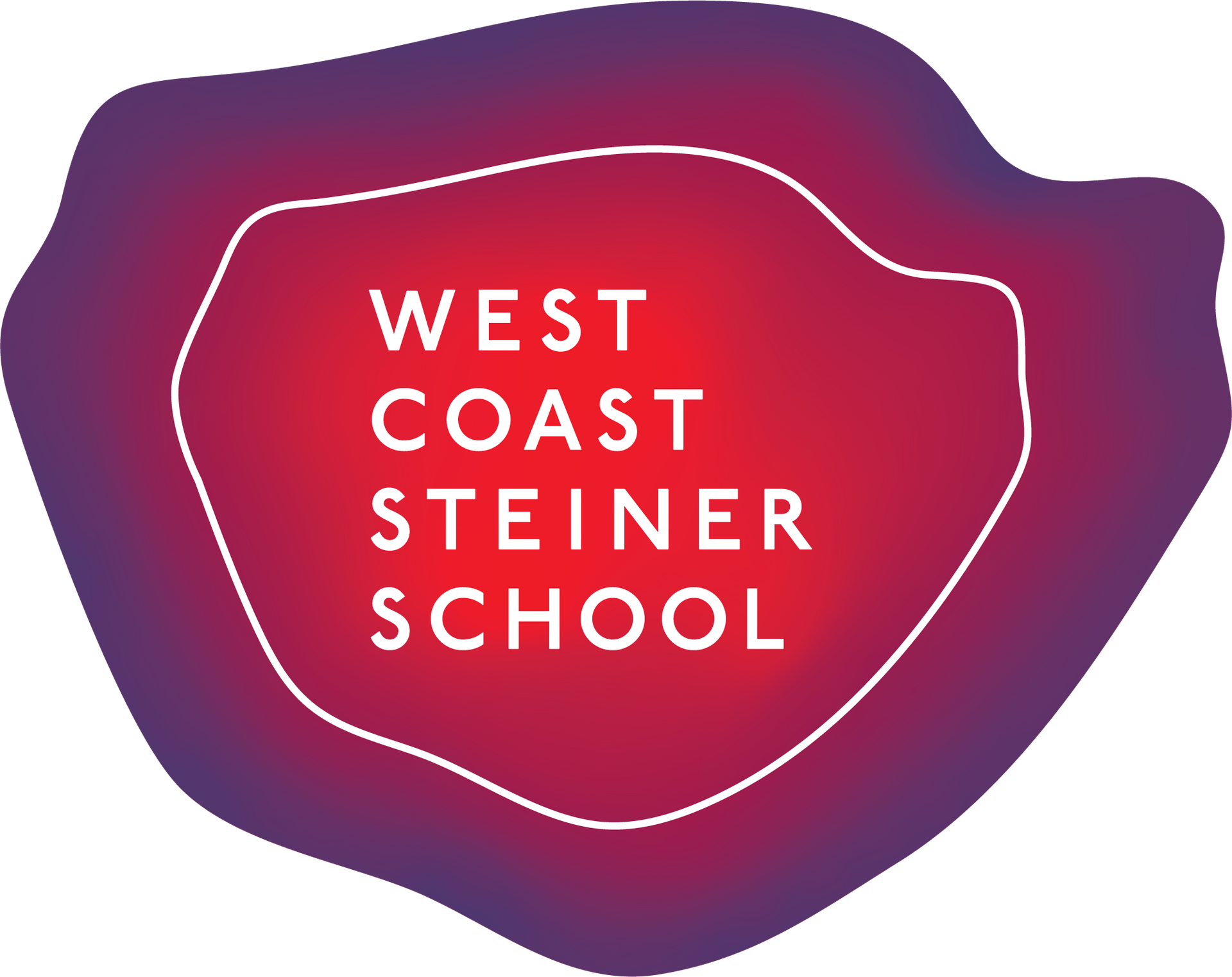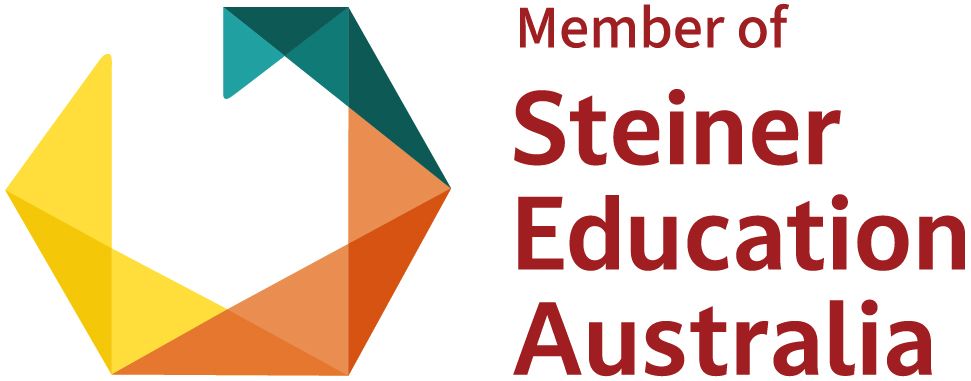ABN: 55 173 177 370
Why do we have Circle Time throughout the Grades?
By Kolea Quincey
Whenever I am asked this question, I enjoy taking the opportunity to relate the elements of an effective circle and to shed light on the reasons for preparing the most thorough and enlivening series of exercises, speech, song and dance that one can possibly create for their students.
The elements of an effective circle hold true for all age groups and the differences lie in the graduated degree of challenge and age appropriate material that one incorporates. I have come to these particulars through decades of teaching.
Many of the teachers that I have observed and evaluated through the years have chosen to do movement at their student’s desks. Those teachers felt that the location of the movements and activities did not detract from their effectiveness and caused less disruption to the day.
Let’s look at a circle; first of all, throughout history and in almost every culture in the world, the circle is considered to be a sacred form.
When a child, or anyone for that matter, becomes part of a circle there is instant equality. There is no one ahead of you or behind you. Most importantly there is no one’s back facing you.
The circle is considered to be a harmonious configuration. A person is instantly embraced and held as an individual that is part of a whole. The appreciation of the circle is a glimpse into wholeness, unity, and the divine order of the universe.
Because the circle is such an economic and kinesthetic way to insure that the following aspects, which are vital for healthy development and lifelong learning, are part of each and every day, it should not be skipped. Indeed it has become increasingly important as our society moves more toward technology and away from traditional methods of social interaction and kinesthetic learning.
Elements of an Effective Circle:
~Cooperation
~Concentration
~Spatial Awareness
~Balance
~Body Geography
~Right/Left Brain Integration
~Rhythmic activity
~Expansion and Contraction
~Social Skill building
~Retained Reflex Integration
~Mathematical sense/skills
~Fun
~Stamina
~Physical Education
~Memory capacity enhancement
~Cooperation
~Concentration
~Spatial Awareness
~Balance
~Body Geography
~Right/Left Brain Integration
~Rhythmic activity
~Expansion and Contraction
~Social Skill building
~Retained Reflex Integration
~Mathematical sense/skills
~Fun
~Stamina
~Physical Education
~Memory capacity enhancement
Before elaborating on each of the elements, I acknowledge that there are many more aspects that we could add to the list. In addition to the aforementioned physical benefits of circle activities, it also serves as a way to enhance whatever block of academic study the class is immersed in by allowing the children to experience something of the culture, mythology, or period of history currently being taught. For example, marching as Roman soldiers or stomping around like an angry Thor! Learning a Square dance or a medieval waltz brings a time period alive.
The Elements of an Effective Circle
Cooperation
is the first and foremost aspect to be considered. If we are guiding the children in our care toward a successful and fulfilling life, then cooperation with our peers and the adults in our environment is crucial. Each person must do their best to have a circle flow properly.
Indeed, as the exercises increase in difficulty, one person’s antics can stop the flow of a complicated beanbag exercise. If the exercises are carefully geared toward proper child development the students will want to experience the joy that accomplishing a challenging, harmonious exercise brings.
Coordination
The development of small and large muscle control is an important aspect of a healthy physical body.
Concentration
The ability to deliberately apply oneself to a physical or mental task is vital to healthy development. This creates an opportunity to develop impulse control, also a crucial aspect of a healthy life.
Spatial Awareness
Healthy boundaries are learned from the repeated task of orienting oneself in space. All directions of space can be explored through walking forward, backward, right to left, and left to right. By adding sticks, rods, and/or bean bags, above and below can also be explored.
Balance
According to Rudolf Steiner, it is the etheric body that empowers us with the strength to stand upright. The process of integrating all of the bodies becomes easier if each is strong. Finding and holding our center of gravity has a strengthening effect on the whole organism. Finding our ‘center’ helps us to feel grounded. Balance gives us our orientation to the earth.
Body Geography
When a child is born, they have no orientation as to where they are in space. As their senses develop, especially the four foundational senses, a child discovers their hands, feet, and eventually the whole map of themselves. Then they are ready to discover the rest of the world! If we haven’t internalized this ‘map’ of our own bodies, we can’t learn to easily move through space. By utilizing circle exercises we can gradually increase the awareness to right knee, left hand, etc.
Right/Left Brain integration
Whenever children, and/or adults perform exercises that strengthen the bridge between the right and left hemispheres of the brain, it has the effect of allowing electrical impulses and information to pass freely between the two. This helps with physical coordination as well as thinking-based activities like reading, learning new skills, and focusing.
Rhythmic activity
Rhythmic activities are the physical manifestations of the mental and emotional response of the individual to rhythm. They are activities which a human responds to physically, socially, and mentally to regular patterns of sound. They are a source of joy for most people of all ages. Through these activities, skills and the sense of rhythm are acquired and developed, feelings are expressed, basic principles of time, space, and force can be experienced.
Expansion and Contraction
Our daily lives are filled with the notion of the in breath and outbreath. The year and its cycles, the day and night, and of course our breathing adhere to the principles of expansion and contraction. We should always be striving as teachers to incorporate these principles into our lessons. The circle is no different and the coming together and apart as a group helps to regulate the breath and stimulate social consciousness.
Social Skill building
In order to enjoy a healthy social life, an individual must have become comfortable in situations that require cooperation. Dancing and singing together provide these opportunities in a safe environment.
Retained Reflex integration
The science and study of retained reflex integration has been coming to the forefront of developmental inquiry. A circle that is prepared with the youngest children in mind has myriad opportunities for seamlessly incorporating the ‘zoo exercises’ and others that help the young child to integrate the senses that for one reason or another have not integrated into their full body functioning.
Mathematical sense and skills
Circle time has the added benefit of allowing the children to have kinesthetic experiences with math. The whole body can be involved with counting, and the four processes. The teacher can implement bean bags, sticks, dances, and more to help the children become proficient in the processes.
Fun, Stamina, and Physical Education
Circle should be fun, aerobic at times, and challenging physically. The children should have flushed cheeks and be ready for book work when the last word of circle is spoken.
Fun, Stamina, and Physical Education
Circle should be fun, aerobic at times, and challenging physically. The children should have flushed cheeks and be ready for book work when the last word of circle is spoken.
Article courtesy of Kolea Quincey, Teacher and Faculty Chair
Wishing Well School
Wishing Well School

